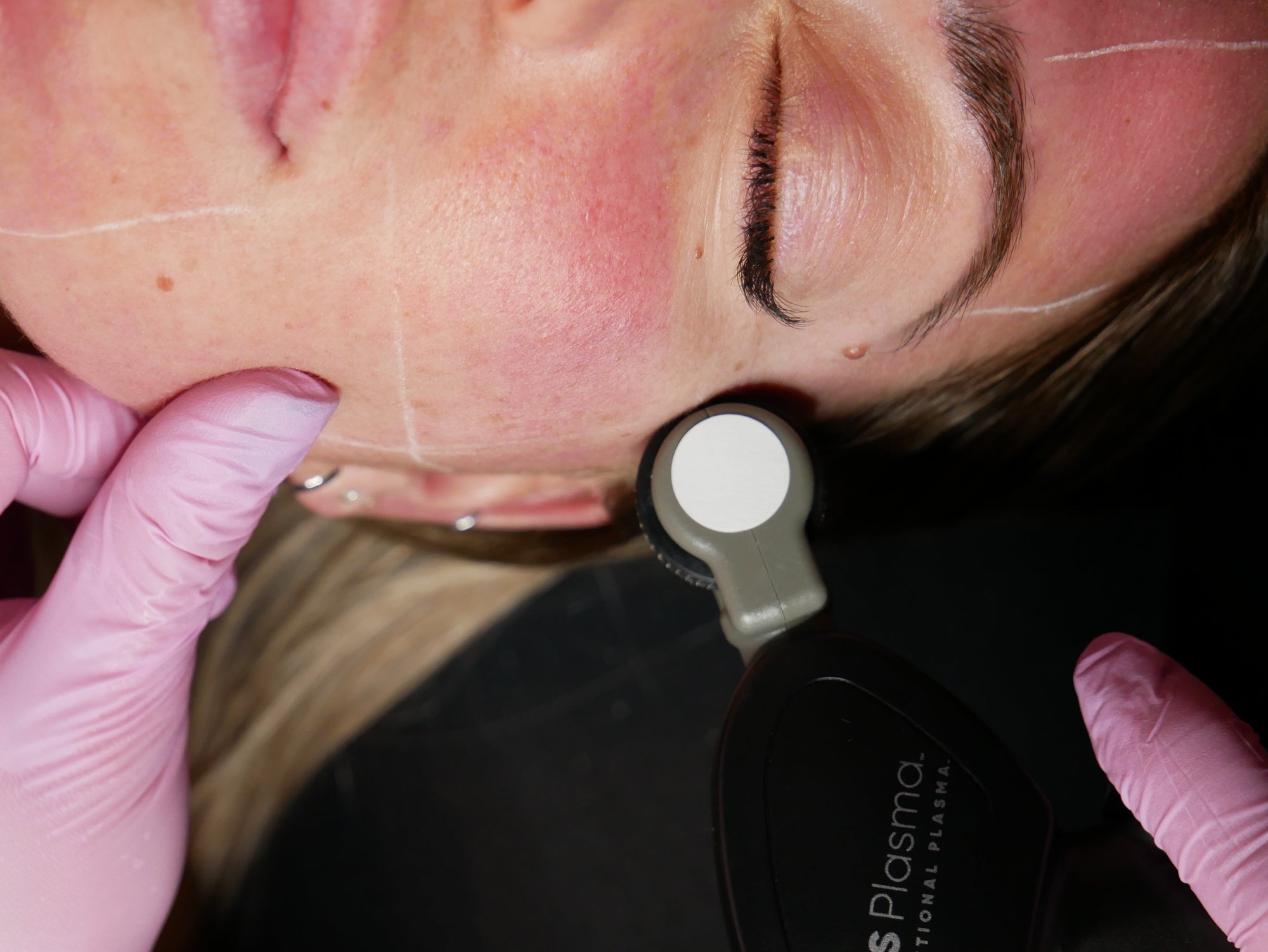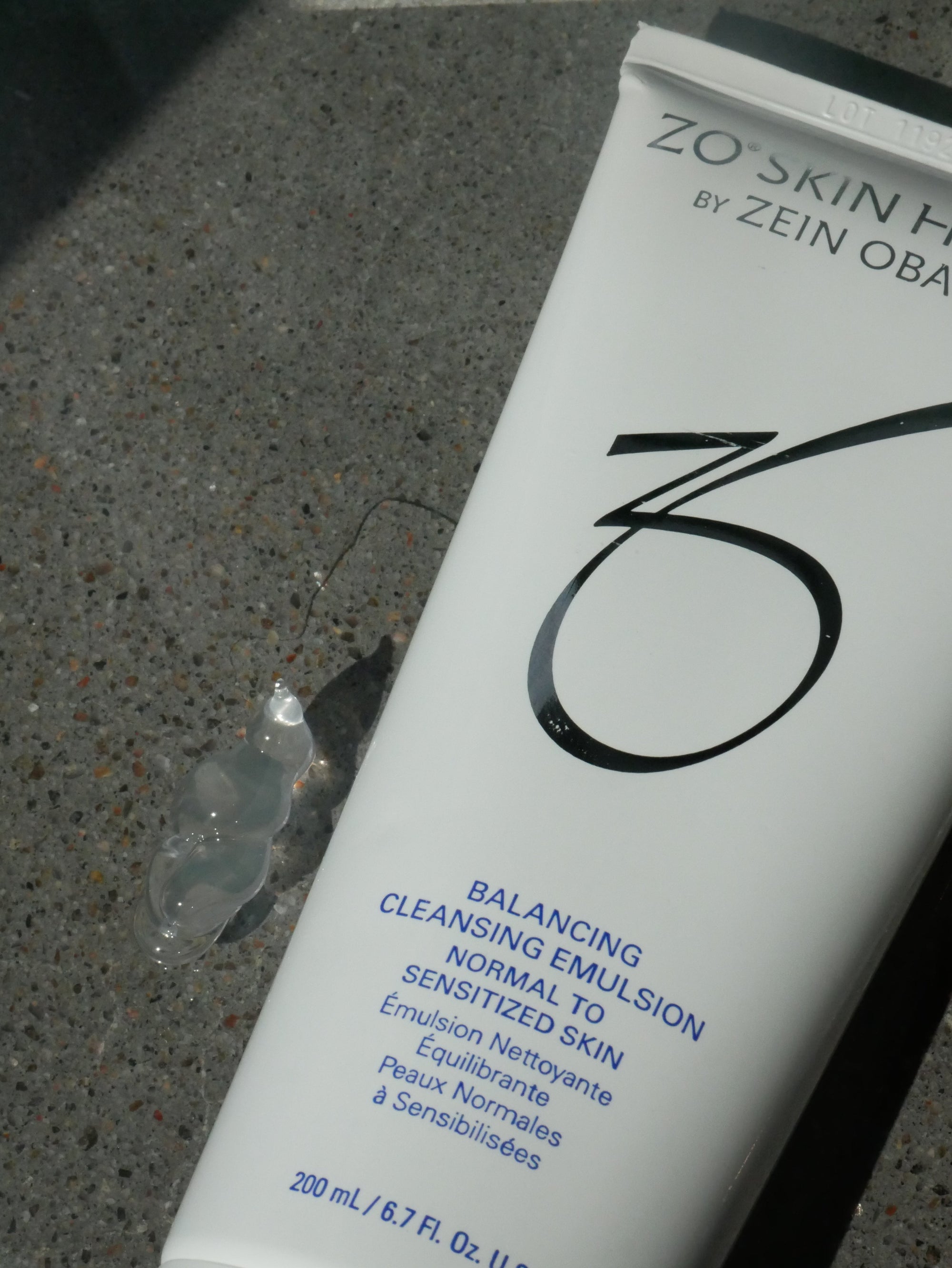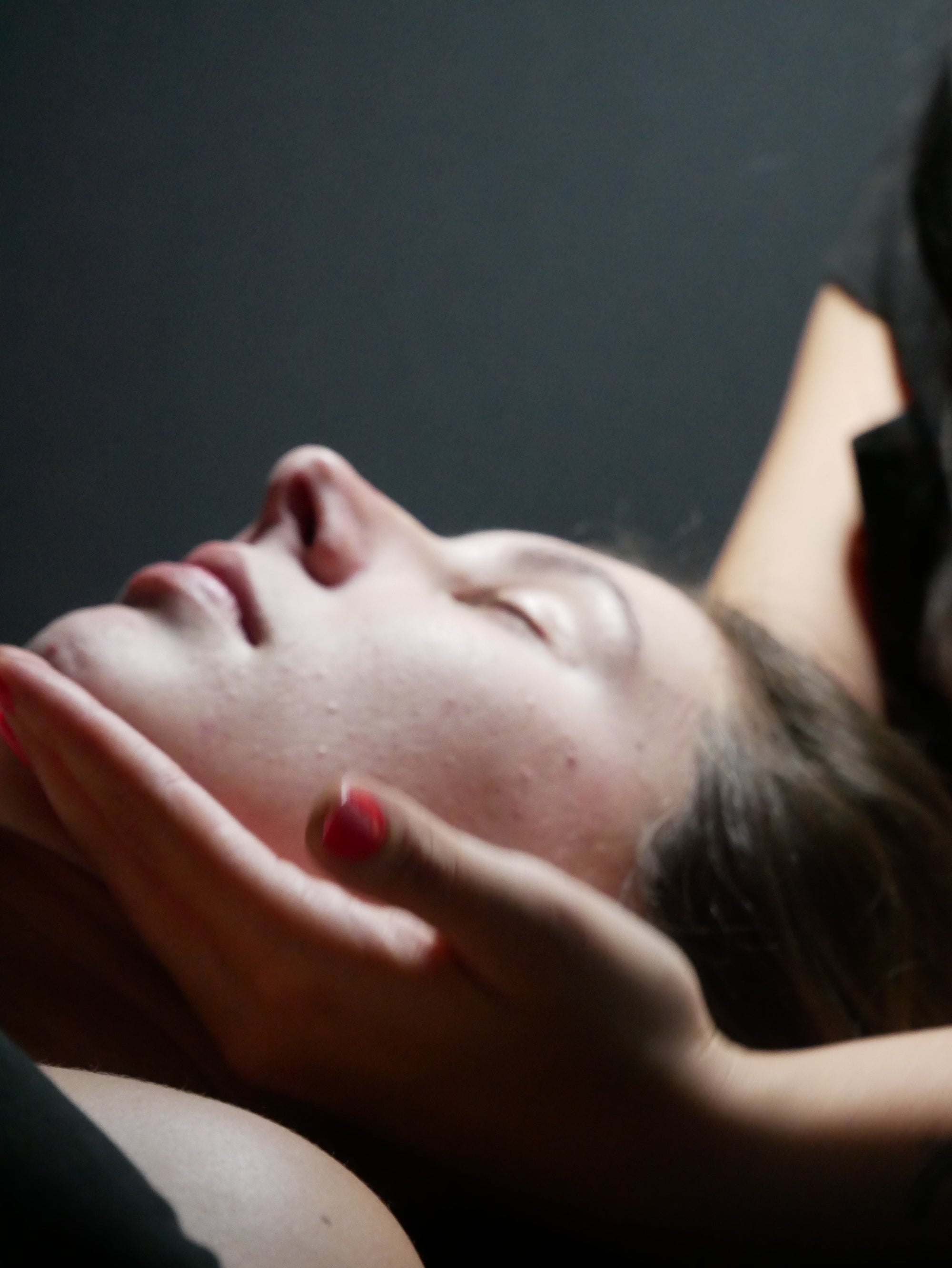Ablative radiofrequency via plasma gas represents a significant advancement in the field of aesthetic medicine, offering effective solutions for treating wrinkles and acne scars. This innovative treatment combines the benefits of radiofrequency and plasma technologies to stimulate skin regeneration. In this article, we will explore how this technique works, its benefits, and what you need to know before getting started.
1. What is Ablative Radiofrequency via Plasma Gas?
Ablative radiofrequency via plasma gas uses high-frequency energy pulses to create targeted heat in the deeper layers of the skin. This heat causes controlled vaporization of skin tissues, thereby promoting cellular regeneration and collagen production.
- Functioning
2. Benefits of Ablative Radiofrequency
- Wrinkle Reduction
The heat generated by radiofrequency stimulates the production of collagen, an essential protein that maintains the elasticity and firmness of the skin. This helps to smooth wrinkles and gives the skin a more youthful appearance.
- Improvement of Acne Scars
The ability of ablative radiofrequency to target the deeper layers of the skin allows for effective treatment of acne scars. By inducing cellular regeneration, the treatment helps to reduce the appearance of scars and improve skin texture.
- Skin Firming
By stimulating collagen and elastin, ablative radiofrequency helps to firm the skin, providing a natural lifting effect.
- Fast Recovery
Unlike other more invasive procedures, ablative radiofrequency using plasma gas often results in a quicker recovery. Patients can usually resume their normal activities within a few days.
3. Who is this Treatment for?
Ablative radiofrequency is suitable for a wide range of skin types and ages. It is particularly beneficial for:
- People wishing to reduce the appearance of wrinkles and fine lines.
- Those who have acne scars and are looking for an effective solution to improve their skin texture.
- Those who wish for skin tightening without resorting to surgery.
4. What You Need to Know Before the Treatment
- Preliminary Consultation
Before proceeding with ablative radiofrequency, it is essential to consult a qualified professional. During this consultation, the specialist will assess your skin type, discuss your expectations, and determine if this treatment is suitable for your needs.
- Preparation for the Procedure
It is advisable to avoid sun exposure and not to use irritating products on the skin for a few days before the treatment. This helps to minimize the risk of irritation and to prepare the skin for the procedure.
- Post-Processing
After the treatment, it is normal to experience some redness or swelling. Expect 2 to 14 days during which redness, peeling, and scabs may be apparent. It is important to follow your professional's recommendations regarding post-treatment care, including skin hydration and the use of sunscreen.
In conclusion, ablative radiofrequency via plasma gas is a promising solution for those looking to reduce wrinkles and improve the appearance of acne scars. With its ability to stimulate skin regeneration and tighten the skin, this treatment offers visible and lasting results with minimal recovery time.
If you are interested in ablative radiofrequency and would like to learn more about how it works or its benefits, feel free to consult our team of experts in aesthetic medicine.


